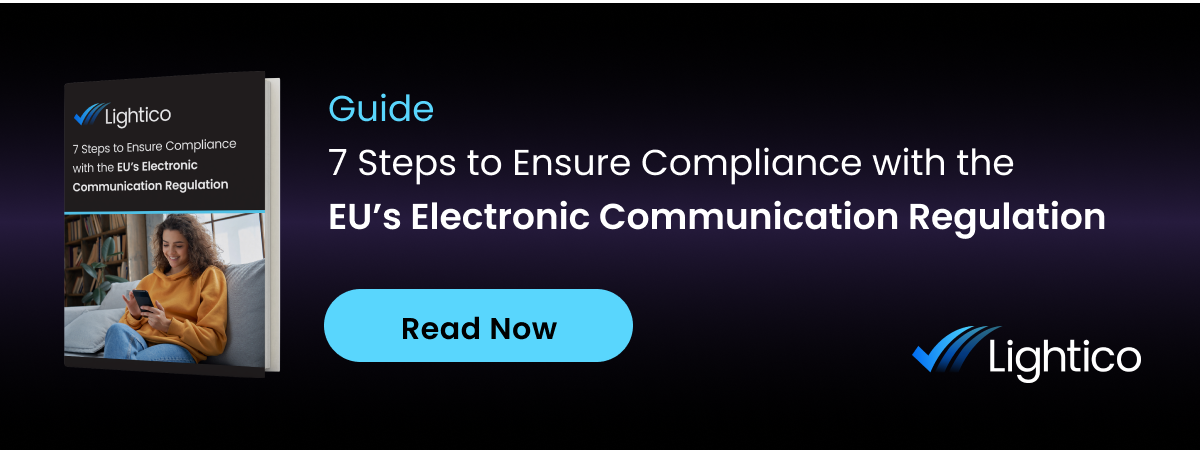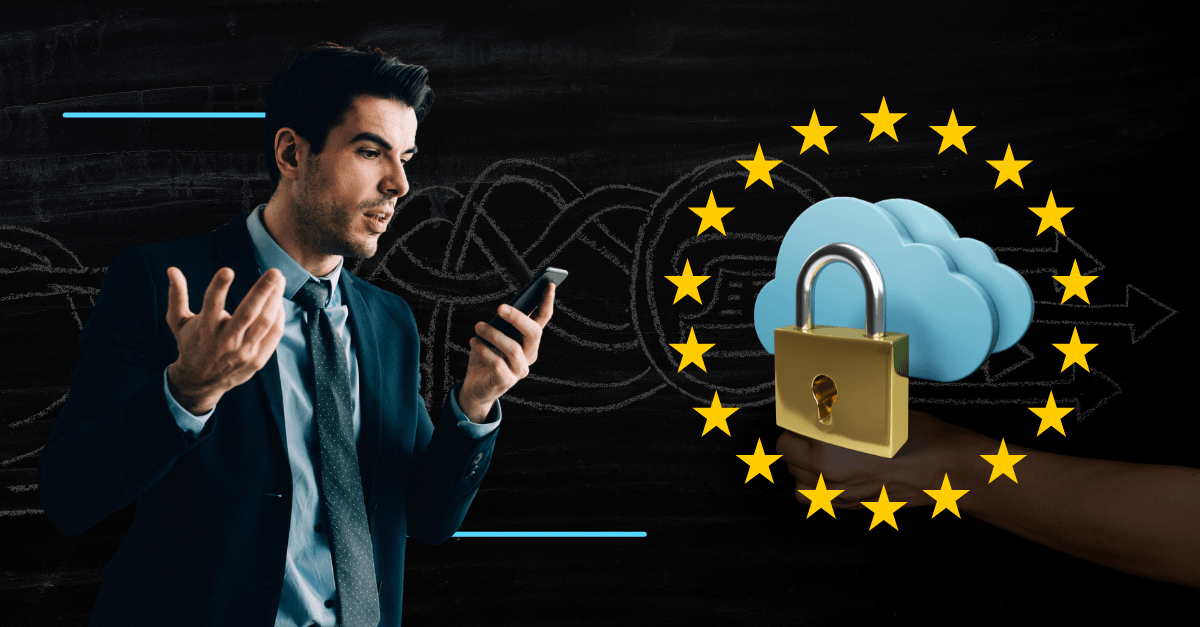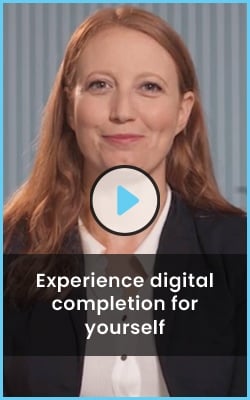Customers are increasingly comfortable transacting remotely — and with consumers around the world spending
over 4 hours a day using apps on their smartphones — this should hardly come as any surprise. And while online and digital transactions have been steadily gathering pace, they've accelerated because of
COVID restrictions and customer fears.
Today, customers rightly expect to be able to complete transactions remotely, securely and efficiently from anywhere. They often use websites, portals or apps to help them to transact, but the recent pandemic has highlighted consumers' reliance on
contact centers to manage complex sales and services, with volumes rising as they seek reassurance and clarity in their transactions.

As customers push for easier, remote transactions, there have been heightened concerns about the legitimacy of contracts and services that have been secured — especially with only verbal consent. This has increased scrutiny on regulatory oversight needed to ensure service contracts are secured remotely, particularly through call centers.
While regulations such as TCPA and CFPB in the U.S. have continued their existing policies, the EU has decided further steps need to be taken to make sure communication between customers and their service providers are clear, documented and consensual.
These new regulatory implementations impact businesses across many industries, including:
- Telecom companies
- Banks and financial institutions
- Insurance providers
- Information and communications technology (ICT) providers
- Utility companies
The EU's Electronic Communications Law:
Due to these growing concerns with verbal consent the EU is implementing customer protections to its
European Electronic Communications Code (EECC) directive.
At the heart of this is the need for businesses to provide a clear, digital summary of the entire consumer interaction with the service provider. This includes a concise summary of the main elements including contract details, what the service is, cost, duration, renewal terms and more.
This new implementation to the
EU’s existing electronic communications law became a requirement as of December 21, 2020, when the EECC is applicable across all EU member states.
This move comes in step with similar measures taken by English counterparts at
Ofcom starting on section 5.
What Are the Biggest Roadblocks to EECC Compliance?
While many service providers have started a long path to digitization, many of their customer interactions remain antiquated and open to compliance risks.
For service providers contracting through call centers, close contract details in real-time has been particularly challenging. Without the tools needed to send out price quotes, get signatures completed in the moment, or even process payments securely, organizations have seen their sales take rate, ARPU and abandonment take a hit.
Not only were topline numbers impacted, but also costs were inflated and — as this regulation tried to address — regulatory risks were encountered.
For example, call center scenarios agents have typically needed to read out lengthy
terms and conditions and get customers to consent verbally. These processes are rife with errors: scripts would vary from customer to customer, and customers were far from attentive, resulting in many scripts either being misread by agents or misunderstood by customers, and increasing probability of disputes in the future.
As a result, average call handle time (AHT) ballooned, customers’ satisfaction (NPS) suffered, all while compliance issues festered due to the tedious nature of the script reading and the endless variables of scripts that need to be considered for each different customer scenario.
In short, verbal confirmations on terms and disclosures have proven to
- harm completion rates
- inflate customer service costs
- damage customer experience
- Leave major compliance reporting and adherence gaps
How Can Businesses Get Compliant?
Putting preparations into motion today can help organizations meet compliance requirements to meet the EECC directive. Our guide breaks down the steps your organization can take to most efficiently ensure compliance with the electronic communication regulation while making it easier to complete transactions with your customers.

 As customers push for easier, remote transactions, there have been heightened concerns about the legitimacy of contracts and services that have been secured — especially with only verbal consent. This has increased scrutiny on regulatory oversight needed to ensure service contracts are secured remotely, particularly through call centers.
While regulations such as TCPA and CFPB in the U.S. have continued their existing policies, the EU has decided further steps need to be taken to make sure communication between customers and their service providers are clear, documented and consensual.
These new regulatory implementations impact businesses across many industries, including:
As customers push for easier, remote transactions, there have been heightened concerns about the legitimacy of contracts and services that have been secured — especially with only verbal consent. This has increased scrutiny on regulatory oversight needed to ensure service contracts are secured remotely, particularly through call centers.
While regulations such as TCPA and CFPB in the U.S. have continued their existing policies, the EU has decided further steps need to be taken to make sure communication between customers and their service providers are clear, documented and consensual.
These new regulatory implementations impact businesses across many industries, including:




